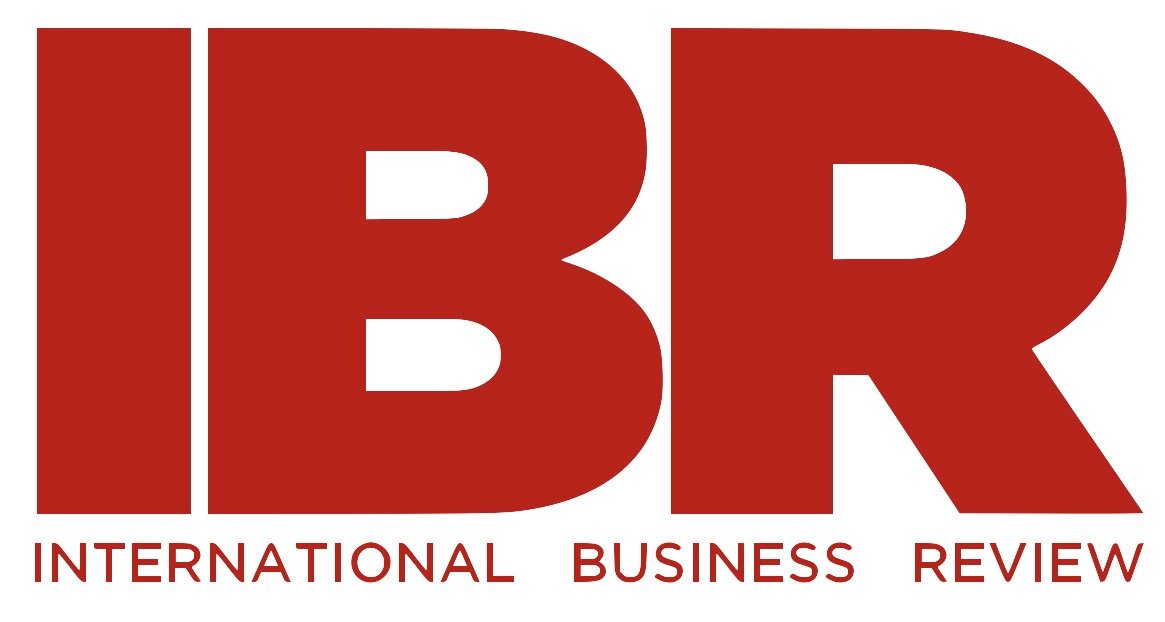Studying Paraguay gives unique insight into the world of indigenous, endangered languages. To this day, Paraguay remains the only country in the Americas where a majority of the population speaks an indigenous language: Guaraní. Along with Spanish, it is an official language of the country as established by the state constitution, giving it equal status with the language of European conquest. At first glance, therefore, Paraguay appears to be an indigenous language success story, having used both government policy and formal education to reduce the chances that a language becomes extinct. Unfortunately, however, there is more to the story. Like much of South America, Paraguay has incredible linguistic diversity. Experts estimate that there are between 15 and 20 languages spoken throughout the country, with between 100 and 2,000 native speakers each. About 50,000 Paraguayans speak an indigenous language besides Guaraní.
One of these languages is Ache, spoken by a group in the Atlantic coastal forests of eastern Paraguay. The language is related to Guaraní, but is spoken by a distinct group of people. Before the 1970s, this group, also called the Ache, lived as hunter- gatherers in small nomadic bands. They had always avoided contact with what is commonly referred to as the Western “civilized world.” In the seventies, the Paraguayan government decided it wanted to develop what had been the Ache ancestral land. Most of this development came from Brazilian investors. In 1976, all the Ache were forcibly resettled to designated reservation land where they were forced to swap their hunter- gathering lifestyle for agriculture in order to survive.
The Ache language is unique because it has a very rich vocabulary about forest life that is unparalleled in other Paraguayan languages. The Atlantic Forest, the native land of the Ache people, is a unique and extremely diverse mix of vegetation and forest types. Because of the high levels of diversity and endemism across the region, preserving the forest is currently one of the highest priorities for conservation action. One of the greatest challenges facing conservationists in this region is that much of the flora and fauna is not officially characterized by Western scientists. Edward Wilson, a biologist at Harvard University, has determined that only 20% of the world’s plant and animal life is officially classified, and that the other 80% could be known, just not to scientists in the west. The rest of the information is encoded in the languages of the groups that have been surrounded by this life and use it for food, medicine, and shelter. Understanding a people’s language is an important way of discovering this information.
Both external and internal threats are jeopardizing the advancement of the Ache language. The initial contact of the community with the outside world led to endemics that killed almost half of their population. Because they had been isolated for so long, diseases such as the flu were devastating because they had no immunity to the conditions. The biggest external threat, however, is the spread and influence of the Guaraní language. Guaraní is spoken by approximately 90 percent of Paraguayans, including many members of the middle class, presidential candidates, and even recent immigrants to the country. The language is taught formally in every public school in the country. The spread of this language is responsible for pushing out other indigenous languages native to Paraguay. The Ache people have very limited resources to teach their language, and government policy is not in favor of preserving their language.
Internally, the language is doing very well. The Ethnologue of Languages of the World, an encyclopedia of language, has found very positive language attitudes within the Ache people. The language also has mixed uses: it is spoken at home, with friends, and in practicing religion. The internal and external threats, therefore, are conflicting. In the twenty-first century, it is unclear how the status of the Ache language will progress. Government policy, including how Paraguay chooses to develop the land in the Atlantic forest, will determine the extent of the external threats to the language. Paraguay, as well as the international environmentalist community, should make preserving languages that encode important biological information a priority in the next few years, in order to save the environment and a people’s identity and culture.


